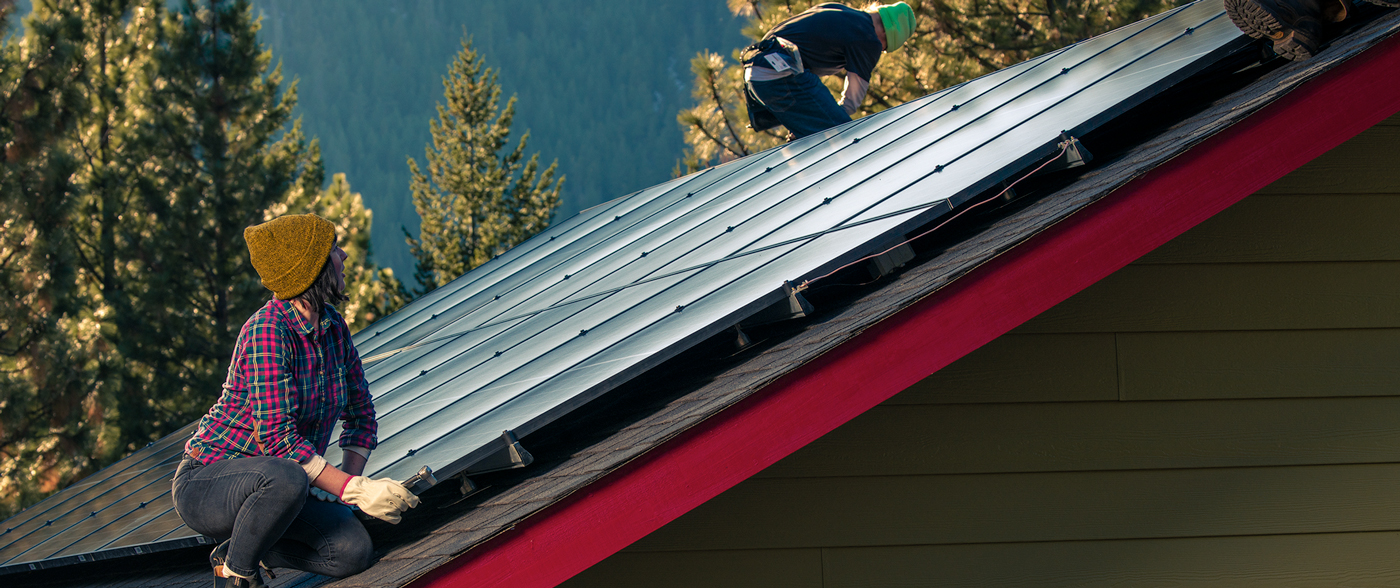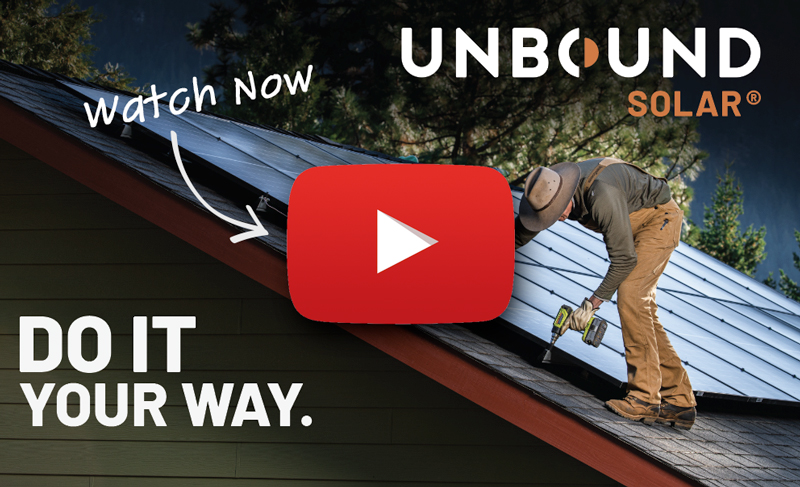
Your results:
Your price will vary depending on how you choose to install your Grid-Tie System.
Factors That Contribute to the Cost of Solar Panels
There are many factors that contribute to the cost of solar panels. Understanding the how and why of any cost variance will help you plan your solar installation accordingly. Let’s review the elements that impact the overall cost of your solar system and how you can use them to your advantage.
The cost of solar panels has become more and more affordable as the industry grows. In fact, government incentive programs have allowed homeowners to install solar panels at a reduced cost. However, the type of solar panel system, property location, and the size of the system are variables that greatly impact the overall solar panel cost. When you are considering going solar, you should also consider these factors to determine the right system and method of installation for you.
Type of Solar Panel Systems
The type of solar panel system you chose will greatly affect the cost. Grid-tie, grid-tie solar and energy storage, and off-grid solar are all options differ in price. Remember, the best solar panels for your property will fulfill your needs and meet your price point.
Let’s break down the primary purpose of each system:
- Grid-tie: You have access to the utility grid. Your primary goal is to save money on your electric bill
- Grid-tie solar and energy storage: You have access to the utility grid and your primary goal is to have backup power when there is an outage.
- Off-grid: You do not have access to the utility grid. Your primary goal is to live where it is not accessible.
Once you identify your goals, you can make a final decision based on price.
If you have access to the grid, you can lower the cost of solar panels by using a grid-tie system. When you choose a grid-tie system with energy storage, you have the potential to save even more. Storing electricity in the grid doesn’t cost anything, and you may be able to sell your stored energy (depending on your area). An off-grid system is a significant extra cost.
With an off-grid system, you’ll need to purchase batteries which represent almost half the cost of an off-grid solar system.
If you have the option, we recommend connecting a grid-tied system. However, off-grid solar will still save you money in the long run if you want to live away from a utility grid.
Browse our grid-tie solar kits and off-grid solar systems for up-to-date pricing.
Solar Panel Cost Per Watt
Panels come in a broad range of sizes, from tiny 5W panels up to 400W+ premium offerings. Evaluating cost-per-watt allows you to compare panels on a level playing field.
The lowest cost-per-watt options will give you more overall power output per dollar spent but will also be less space-efficient.
Federal Tax Credit
First, let’s take a short walk down memory lane. The Solar Investment Tax Credit (commonly called the ITC) was first offered via the Energy Policy Act of 2005. Thanks to its popularity and its contribution toward renewable energy goals, the ITC has been extended multiple times. While it was originally set to expire in 2007, the current federal solar tax credit extension is set to expire in 2032. Homeowners can use the federal tax credit for battery storage, installing new systems, and more. Browse our solar panel inventory to find your next solar energy system!
Frequently Asked Questions About the Cost of Solar
Solar energy cost has plummeted in the past decade. The average cost of solar panels is less than half what it was ten years ago.
As of the time we updated this page (Aug 2022), When you install a solar system in 2022, 30% of your total project costs (including equipment, permitting and installation) can be claimed as a credit on your federal tax return.
If you spend $10,000 on your system, you owe $3,000 less in taxes the following year. To claim the credit, your system must be fully installed. Solar systems take weeks to design, ship and install – so now is the time to start if you want to meet the deadline.
Solar panel installation cost varies by provider. A turnkey solution will charge 100-200% the cost of equipment to perform the installation.
If your 6.6 kW system costs $10k in equipment, they may charge you $20k for the installation, bringing the grand total for the project to $30,000.
The other option is to buy direct from a distributor (like us) and either install it yourself or hire a local contractor to do it for you. If you choose the self-install solar panels, we have instructional videos and a brilliant tech support team to walk you through the project. Some people spend less than $1000 installing their own system (labor costs included).
Even if you hire a local contractor, they’ll charge you somewhere between 75 cents and $1.25 per watt. They’d install the system above for around $6000-$7000, which is less than half the amount you’d pay to a turnkey installer.
That’s why you’re here! Our solar power calculator takes the information you provide about your energy usage patterns and returns our best guess about how much solar energy you might need to generate.
We must stress that this is just an estimate. Several more factors will impact your efficiency, like shade, roof material, temperature, mount angle, and so on.
While we provide the most accurate figure we can, it’s impossible to provide an exact number until we know every detail about your project. Consult with a solar design technician to build a system that accounts for the inefficiencies and obstacles unique to your project.
It usually is. Between the tax incentives, like the federal solar tax credit and the reduction of your energy bill, you tend to earn more money over the life of the system than you spent on it up front.
Here’s a simple way to approximate your solar ROI (return on investment):
- Start with your estimated system price, which this calculator provides you.
- Divide that number by the cost of electricity from your local utility company. The national average is $0.13 per watt, but that can fluctuate dramatically. A Google search for “electricity rates (your location)” will likely surface your local rate.
- Divide the result by your annual electricity usage in kilowatt hours. You entered your monthly usage in step two; multiply that number by 12 to get a rough estimate of your yearly usage.
All done? You should have a one- or two-digit number. That number is your payback period, measured in years. That’s the time it takes to break even on the initial investment in your system.
Here’s a concrete example, using national averages for energy rates and consumption:
$10,000 system price ÷ $0.13/kWh ÷ 10932 kWh/year = 7.04 Years
Most solar panels are warrantied for 25 years. You can divide the final number (in this case, 7.04) into 25 to calculate the total payoff of your investment into solar. In this case, our example system would pay for itself 3.55 times over the warrantied life of the system.
When you install a solar power system, the federal government rewards you with a tax credit for investing in solar energy.
A tax credit is a dollar-for-dollar reduction of the income tax you owe. $1 credit = $1 less you pay in taxes.
For example, let’s say you owe $5,000 in federal taxes this year. If you claim a $3,000 tax credit, that pays off part of your liability. You would be left to pay just $2,000 in taxes after the credit is applied.
It’s different than a refund, because you have to owe taxes to claim the incentive. But since most people owe taxes, most people end up being eligible.
Check out this video explaining the tax credit to learn more.
